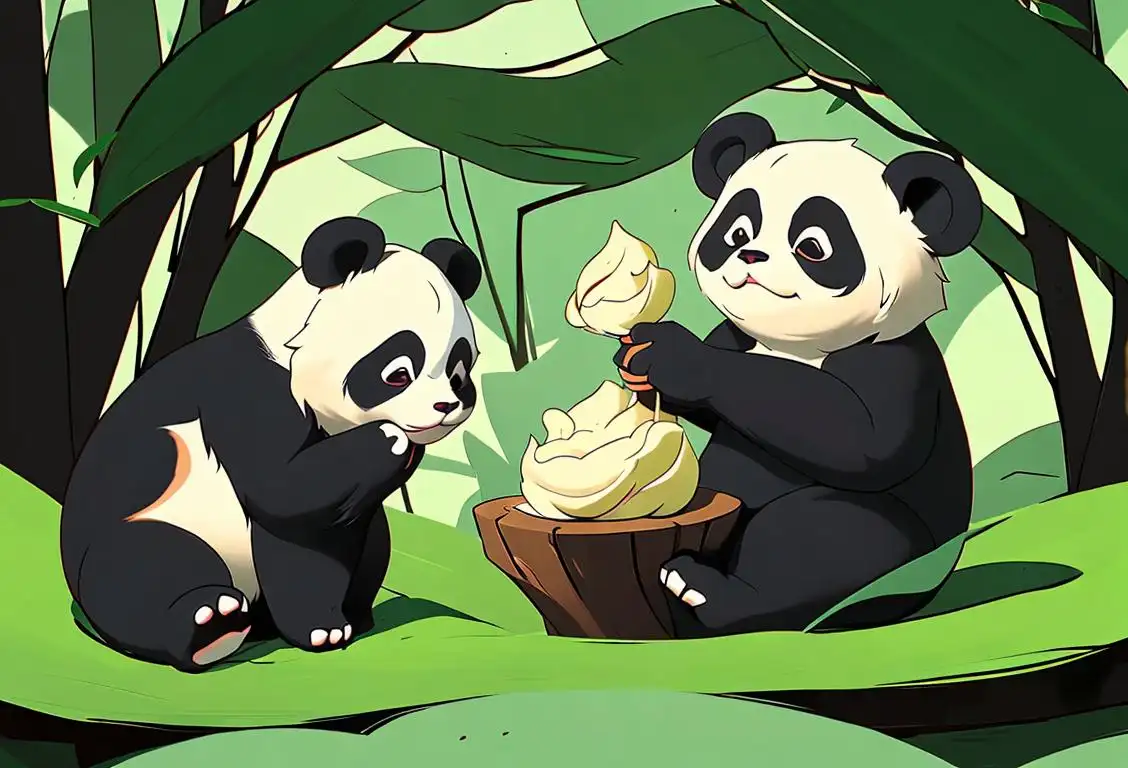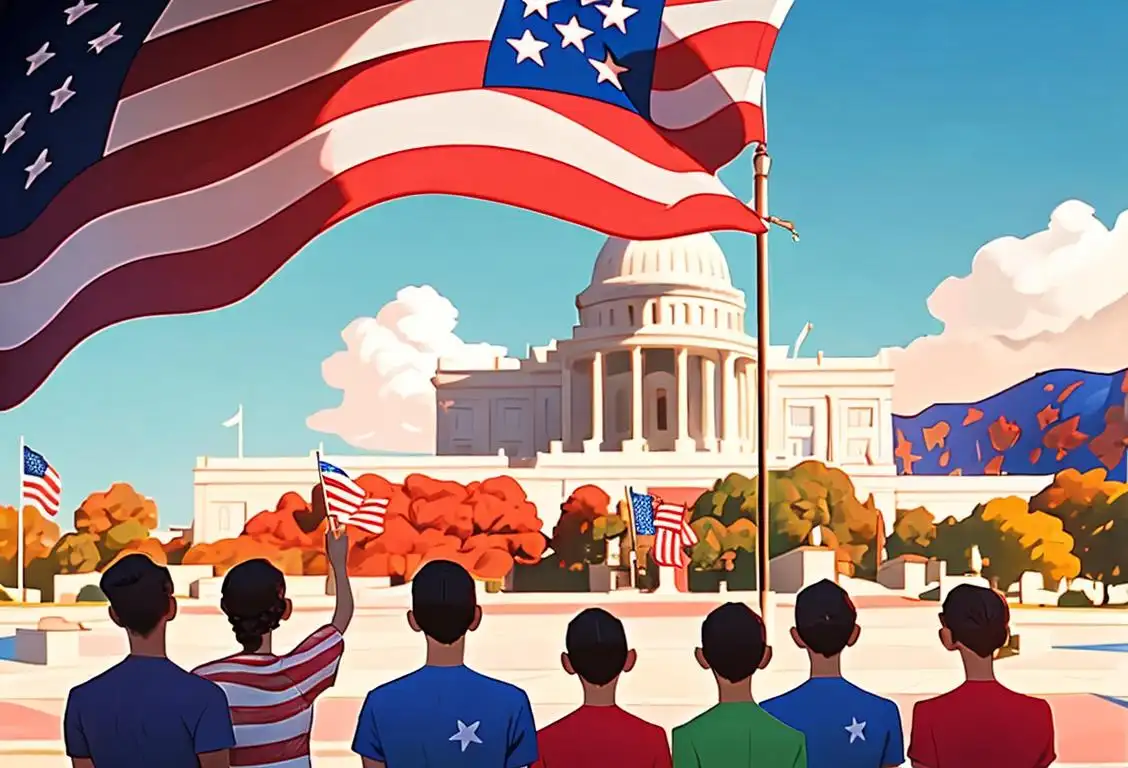National Panda Day

Gather around, panda lovers, as we track the online paw-prints of one adorable deity of the internet: the panda. In celebration of National Panda Day, we'll be trekking through a virtual bamboo forest heaped high with hashtags, posts, and the fluffiest of viral videos.
When is Panda Day?
It's national panda day on the 16th March.
The Origins of National Panda Day
In the great wild web, references to National Panda Day started surfacing around 2012. Perhaps people’s love for these fluffy, bamboo-munching creatures led to the establishment of an unofficial commemoration that eventually took the internet by storm.
The Big Year of 2017
However, 2017 was quite the panda party. Our data reveals that on March 16, the internet got all dressed up in its fancy black and white suit, with an astounding 9,278 mentions of National Panda Day. The Interwebs was clearly in full on panda-mode, with tons of tweets, tons of Instagram posts and no shortage of Youtube video marathons about these cute creatures.
Why March 16
We might never know why March 16 became the world's annual panda pampering day, but hey, aren't we just glad it exists? Images of them rolling around, climbing bamboo trellises, or just snuggling up against each other created a black-and-white wave on this day!
Eternal Internet Love
Interestingly enough, pandas are essentially the internet’s spirit animal. Yeah, kittens and puppies might have their place online but pandas, with their charming clumsiness and love for eating and sleeping all day, have stolen the hearts of internet users worldwide.
History behind the term 'Panda'
1869
The Discovery
In the year 1869, the term 'panda' made its first appearance in the English language. It was used to refer to the giant panda, an animal native to China. The term was derived from the Nepali word 'ponya' which means 'bamboo-eater'. This gentle and rare creature captured the imagination of explorers and scientists who encountered it during their expeditions.
1927
Popularization
By 1927, the giant panda had become widely known to the general public, and the term 'panda' had taken root in popular culture. The image of this adorable black and white bear became an emblem of conservation and a symbol of endangered species. People started using the term 'panda' to refer not only to the giant panda but also to other species of bears that resembled it in appearance and eating habits.
1958
Panda Diplomacy
The year 1958 marked a significant turning point in the cultural impact of the term 'panda'. This was the year when China first gifted a pair of giant pandas to a foreign country as a gesture of goodwill. Known as 'panda diplomacy', this act was aimed at fostering diplomatic relations and strengthening international ties. The iconic status of the panda made it an ideal ambassador, and ever since, the term 'panda' has been synonymous with peace, diplomacy, and friendship.
1961
The Panda Conservation Movement
In 1961, the term 'panda' gained further significance with the establishment of China's first panda nature reserve in Wolong. This marked the beginning of a concerted effort to conserve and protect the giant panda and its habitat. The panda conservation movement gained global recognition, and the term 'panda' became associated with environmental awareness and the importance of preserving endangered species.
1984
Pandas Go Global
The year 1984 witnessed a significant milestone for the term 'panda'. China loaned a pair of giant pandas to the United States, marking the beginning of international collaborations for conservation and research. These charismatic creatures became a major attraction in zoos around the world, attracting millions of visitors. 'Panda diplomacy' expanded further as China loaned pandas to other countries, contributing to cultural exchange and fostering a global appreciation for these beloved animals.
Did you know?
Did you know that a baby panda only weighs a few ounces at birth? That's about the same weight as an average smartphone. So next time you're texting away, just imagine you're holding a newborn panda!Tagged
Fun Awareness Social Media Animals ViralFirst identified
15th November 2015Most mentioned on
16th March 2017Total mentions
9278Other days
Panda Day
Unfriend Day
Teachers Day
Caesar Day
Tattoo Day
Intern Day
Womens Day
Kitten Day
Pledge Of Allegiance Day
Vanilla Ice Cream Day








